Words from Malta Dynamics Operations Manager, Greg Brown: “Towards the end of 2021, I conducted a poll on LinkedIn and asked this question to the safety professionals in my network. There were 200 votes and 63% of those votes said their biggest hurdle is that employees are not using fall protection while working at heights.
I was surprised to see such a discrepancy, so let’s give some thought as to why employees are not using fall protection like they should. We are quick to point a finger at a worker on the roof in a high vis shirt with no harness, no warning line, no protection between the worker and the edge. However, generally that worker is not a one-person company, they are an employee of someone. They have an employer who has responsibilities to follow the letter of the law and to protect their workers.
I’m going to challenge safety professionals and ask if you simply bought that employee a fall protection kit, handed it to them and told them to wear this while they were working, is that doing your part in providing what is necessary for that employee to be safe? Is that enough to inspire them to represent the company and themselves in the best way possible?
The answer is no. It is easy to point at a result rather than look at the holes in the overall safety plan of that job or of that company. I believe there is more at play than a reckless individual with no regard for their company or their own safety. For every worker that you see who does not work safely, you’ll find an employer, company, or safety program that is lacking the proper focus.
For over a decade, fall protection related accidents and citations have dominated the top spot of OSHA violations. How many times in a year do you see a news headline about a worker who has fallen to their death?
So, is fall protection really hard to get right or really hard to enforce? When a company receives an OSHA violation it creates a domino effect with fines, insurance premiums and the company’s ability to win bids on jobs.
The same issue has been at the top for so long that it may seem impossible to fix. Whether it’s citations, accidents, or deaths associated with Fall Protection, the category is always at the top. There are just a handful of reasons that your workers are not performing safely. Once you understand these five reasons, then you can unlock the ways to correct your safety plans and get your workers home safely while avoiding citations, accidents, and deaths on the job site.
There is an added bonus that we don’t always acknowledge. Working safely makes MONEY! Your bottom line is affected by your ability to work safely in many ways. The most profitable companies in Construction and Industrial spaces are generally the safest companies as well, and this is no coincidence.”








